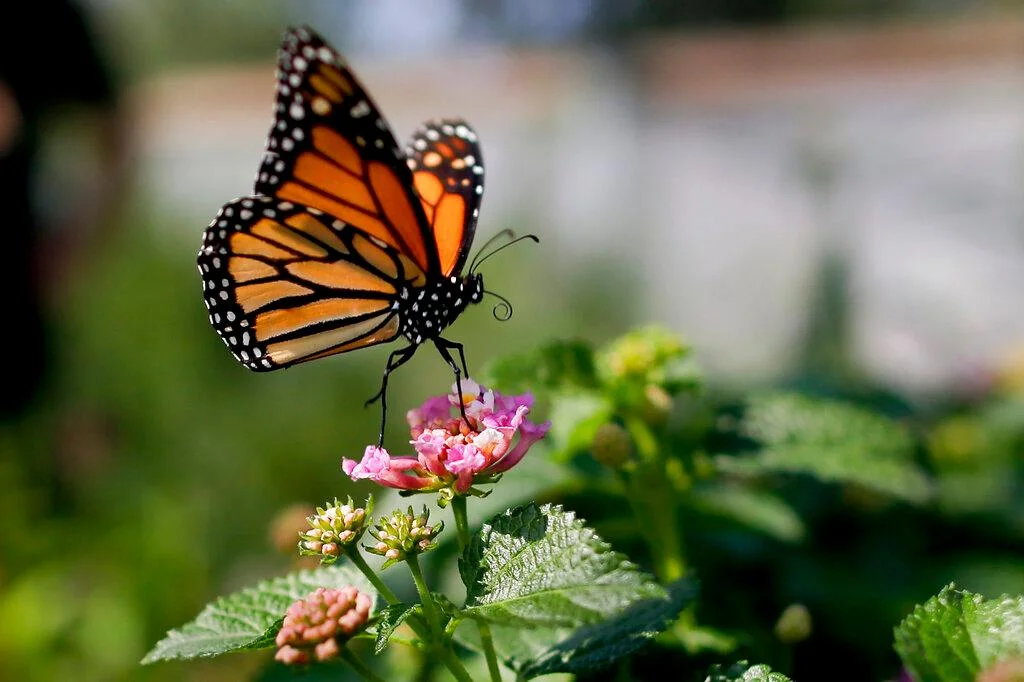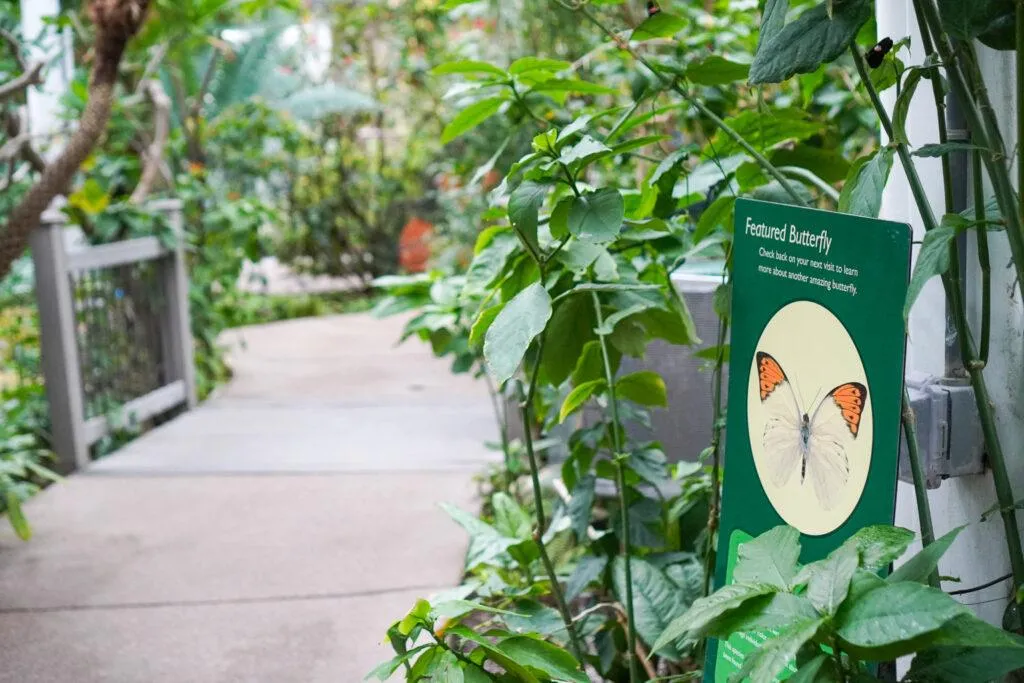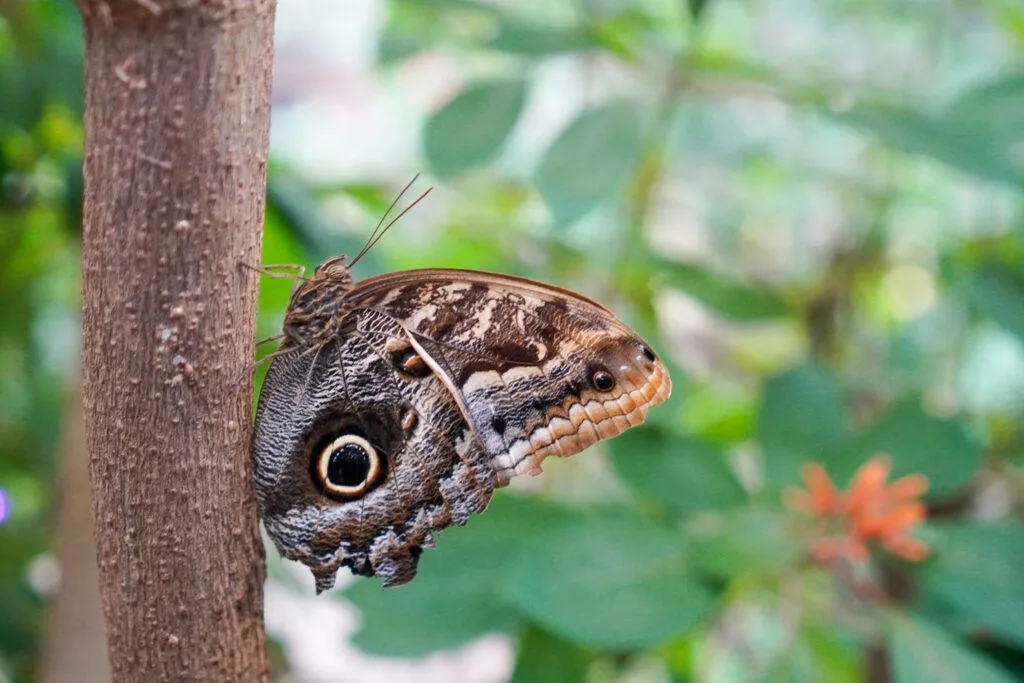
The Critical Journey of Monarch Butterflies: How You Can Help
As summer approaches, the majestic monarch butterfly begins its annual migration, a fascinating journey that underscores the delicate balance of our ecosystem. These vibrant insects, known for their stunning orange-and-black wings, face numerous challenges that threaten their existence. Understanding these challenges and what we can do to assist them is crucial, not just for the monarchs but for the health of our natural world.
The plight of the monarch butterfly is most sharply illustrated this year in Colorado, where the peak of the migration season coincides with alarming decline rates. "Every year, it travels thousands of miles to find refuge in the forests of central Mexico, where they gather by the millions. And just something that I can almost only describe as miraculous and magical," explains Shiran Hershcovich, a biologist at the Butterfly Pavilion in Westminster. Sadly, Hershcovich notes that the migratory monarch has lost about 80% of its numbers due to habitat loss, pesticide use, and climate changes, akin to running out of fuel during a long road trip.

In the warm, humid environment of the Butterfly Pavilion, a sanctuary for over 200 species of butterflies, visitors can witness the stark and vibrant beauty that butterflies provide. Yet, the pavilion also serves as a reminder of what could be lost if we do not act. "They’re not really part of the permanent landscape," Herschcovich laments when discussing the absence of monarchs this season. Despite having special exhibitions like the month-long "Monarch Magic," the decreasing numbers are evident.
The decline of the monarch butterfly serves as a reflection of a larger ecological crisis affecting many insect populations. Hershcovich touches upon this theme, stating, "These declines have gone undocumented. But we know they’ve happened." The plight of these butterflies can inspire local actions, such as planting native milkweed plants that caterpillars rely on. Herschcovich encourages locals to be “a gas station” by cultivating these habitats for monarchs.
Moreover, partnerships are forming to address these significant challenges. The Butterfly Pavilion has recently collaborated with the Mexican government to plant 100,000 Oyamel fir trees, crucial to the monarchs' winter habitat. These trees are vital to the survival of the butterfly, emphasizing the interconnectedness of ecosystems across borders.

As the monarch butterfly's journey continues, it serves as a symbol of resilience and a call to action. Herschcovich poignantly notes, "Should the monarch butterfly go extinct tomorrow, there’s not just an ecological impact, but also one that is more personal—more human." This reinforces the need for community involvement in conservation efforts, reminding us that the fight to save species is also a fight to preserve our shared stories and identities.
Will you join the effort to support the monarch butterflies? Consider becoming a community scientist or simply planting milkweed in your own backyard. What steps will you take to help preserve these incredible creatures? Share your thoughts and ideas in the comments below!